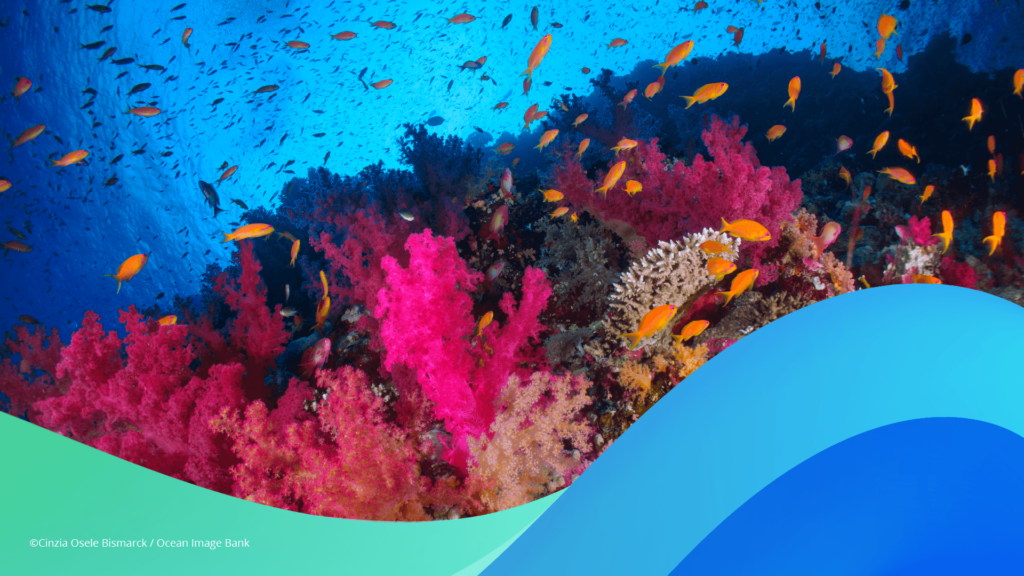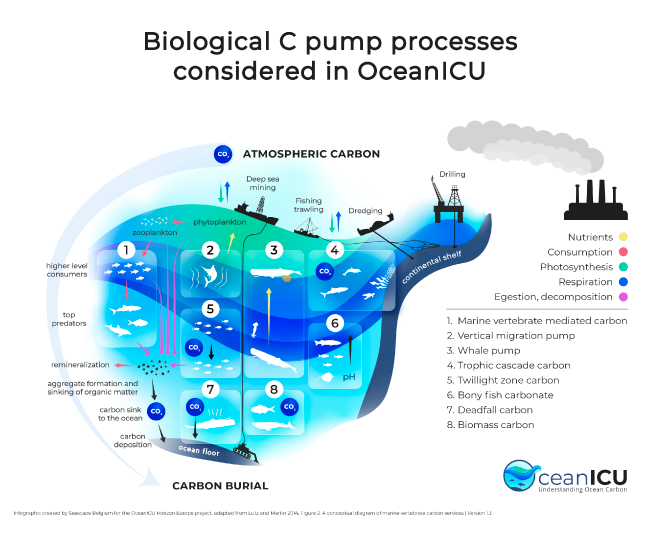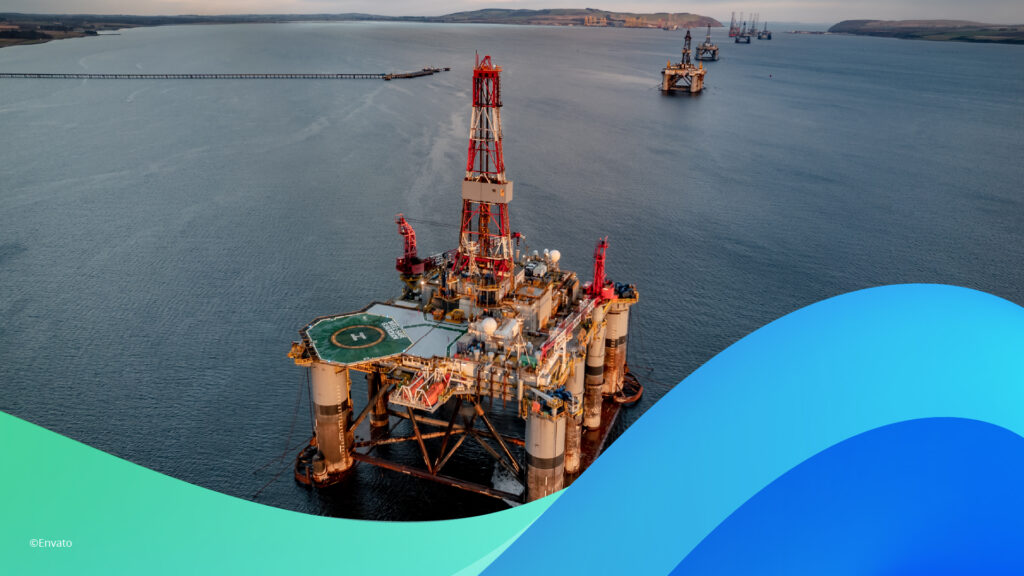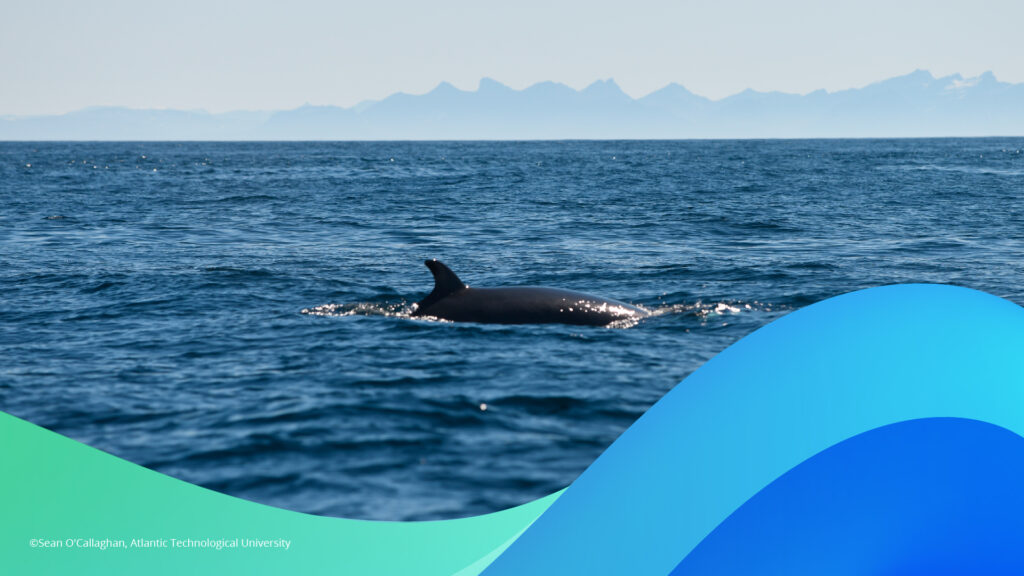As a Project Officer working on Ocean Literacy, I am amazed at how much there is to learn everyday about the ocean. Scientists working on a very wide range of ocean research projects are helping us better understand the multiple features of the ocean and marine ecosystems. Given the importance of the ocean in our everyday life, wherever we live, it is essential that we all understand how we are connected to the ocean and what impacts our decisions have on the ocean.

How does the ocean influence us and what is our influence on the ocean?
Understanding this is at the core of Ocean Literacy so we can make sustainable choices. So, how do we go about it?
The answer is through a multidisciplinary approach to research, efficient stakeholder engagement in projects and user-friendly access to information for all, including scientific experts and the general public. The knowledge gained in research projects provides key insight to many stakeholders including scientists, policy-makers, professionals in the blue economy (e.g., fishing, mining, renewable energy), non-governmental organisations, teachers, students and everyone interested in the ocean.
Multiple pressures are affecting the ocean including climate change, pollution and exploitation of marine resources. To address challenges faced and ensure sustainable development, it is essential to understand the role of the ocean and marine life in the carbon cycle and how it is evolving. When talking about the carbon cycle, many people immediately think of forests and their capacity to absorb CO2. However, the ocean plays a crucial role that is often less known. For this reason, the work carried out in OceanICU will be particularly interesting and exciting!
To bring this knowledge to the classrooms, early-career scientists will be working with teachers. The European Atlas of the Seas, the European Commission’s Ocean Literacy tool powered by the European Marine Observation and Data Network (EMODnet) Secretariat will be helpful for teachers and all stakeholders wishing to visualise information about the ocean. Did you know, for example, that phytoplankton (microscopic single-celled algae that drift at the surface of the ocean) fix CO2 through the process of photosynthesis? And, did you know that because of the distinct green colour of the chlorophyll pigment they contain, scientists can use optical satellite sensors to visualise the distribution of phytoplankton in the ocean? Have a look at the map below!

The OceanICU project team will study multiple components of the ocean carbon cycle as shown below, including the role of fishes, whales and human activities!
Explore the European Atlas of the Seas’ map on the total annual catch of fishery products by country below and learn about the OceanICU webinar on fish carbon!
Events are great opportunities for outreach and communication about the project, making it possible to share knowledge on ocean carbon with scientists as well as the wider public. On the occasion of World Ocean Day on 8 June 2023, the OceanICU poster was featured at the Ocean Literacy event organised by the EU4Ocean Coalition at the Talk CEC Gallery in Brussels. I had the opportunity to discuss the project with young researchers. It was great to see their interest for the project!
Register for the OceanICU newsletter to stay tuned, follow the project as it progresses and see how you could connect!

Nathalie Van Isacker
Nathalie Van Isacker works as a Project Officer for Seascape Belgium. She is involved in work aiming to connect the OceanICU project to wider society, with a focus on youth. Her experience in Ocean Literacy includes communication and outreach activities related to the European Atlas of the Seas and facilitation of the EU4Ocean Platform.


